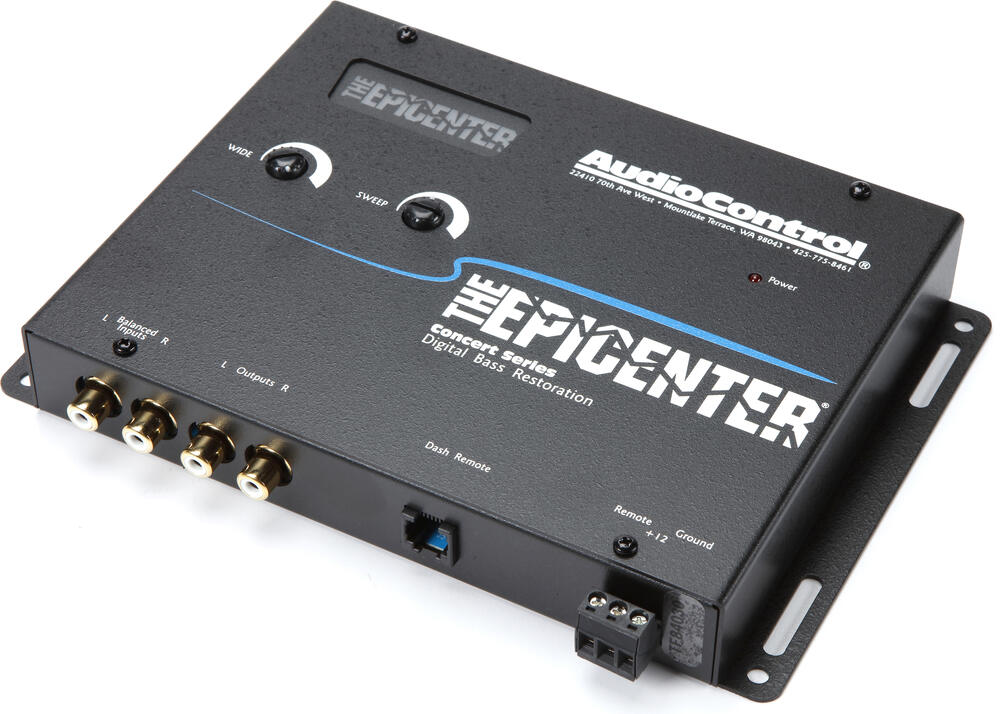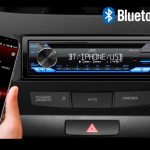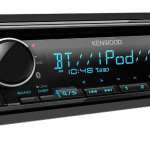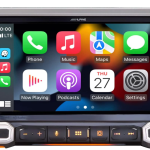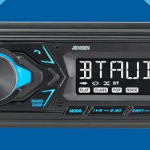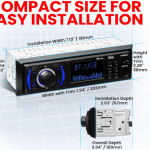Your car stereo’s epicenter can significantly impact your music experience on the road. Whether you’re a casual listener or a die-hard audiophile, a malfunctioning epicenter can ruin your driving soundtrack. But how do you know if your car stereo epicenter is bad? In this article, we’ll dive into the signs that indicate your epicenter might be failing and explore potential solutions to restore your in-car audio bliss.
How Do You Know If Your Epicenter Is Bad?
Distorted Sound Quality: One of the most common indicators of a faulty epicenter is distorted sound quality. If you notice that your music sounds muffled, fuzzy, or lacks clarity, it’s a clear sign that something is amiss with your epicenter. This distortion can affect all frequencies, from low bass notes to high treble tones.
Inconsistent Bass Output: The epicenter in your car stereo is responsible for enhancing the bass response, giving your music that thumping impact. If you observe that the bass output is inconsistent—sometimes booming and sometimes almost nonexistent—it’s a strong indication that your epicenter might be failing.
Reduced Impact and Depth: A well-functioning epicenter should provide depth and impact to your music, making it feel immersive and powerful. If you sense that your audio lacks the punch it once had, or if the bass notes don’t reverberate as they should, your epicenter could be the culprit.
Static or Interference: Unwanted static, crackling, or interference noises can emerge when your epicenter is struggling. These noises can be particularly annoying and distracting, diminishing the overall quality of your listening experience.
Lack of Customization: Many modern car stereo epicenters come with customizable settings to fine-tune the audio to your preferences. If you find that you can’t adjust the bass levels or other audio parameters as effectively as before, it might be due to a failing epicenter.
Possible Solutions
Inspect Wiring and Connections: Begin by checking the wiring and connections related to your car stereo’s epicenter. Loose or spoiled connections can result in poor performance. Ensure that all cables are securely connected and that there are no signs of wear or damage.
Clean and Maintain: Sometimes, a bad epicenter could be the result of dust or debris accumulation. Carefully clean the epicenter and its components, ensuring there’s no obstruction affecting its performance.
Professional Diagnostic Check: If you’re not comfortable troubleshooting yourself, consider taking your car to a professional audio technician. They can conduct a thorough diagnostic check to identify the root cause of the problem and provide you with a solution.
Epicenter Replacement: If the issues persist and your epicenter is indeed faulty, you might need to replace it. Consult the manufacturer’s guidelines or seek professional advice to ensure you choose a compatible and high-quality replacement.
Upgrade Your System: If your car stereo epicenter is outdated or if you’re looking for an enhanced audio experience, consider upgrading your entire audio system. This could include installing a new epicenter with advanced features that better suit your preferences.
Preventing Future Issues
Regular Maintenance: Just like any other component in your car, regular maintenance can help extend the life of your car stereo epicenter. Clean it periodically and ensure that connections are secure.
Quality Installations: If you’re installing an aftermarket epicenter, ensure it’s done by a reputable professional. Proper installation can prevent future issues and optimize the performance of your audio system.
Avoid Overloading: Pushing your epicenter to its limits frequently can lead to premature wear and tear. Use moderation and avoid excessively high volume levels that might strain the system.
Conclusion
Your car stereo epicenter plays a vital role in delivering a rich and immersive audio experience while you’re on the road. But how do you know if your car stereo epicenter is bad? Recognizing the signs of a failing epicenter and knowing the steps to address the issue can help you restore your in-car audio bliss. Whether it’s a simple cleaning, professional diagnostic, or replacement, taking action can make your driving soundtrack as epic as your journeys. Remember, a well-maintained epicenter contributes to the symphony of your travels, enhancing every adventure with the perfect beat.

